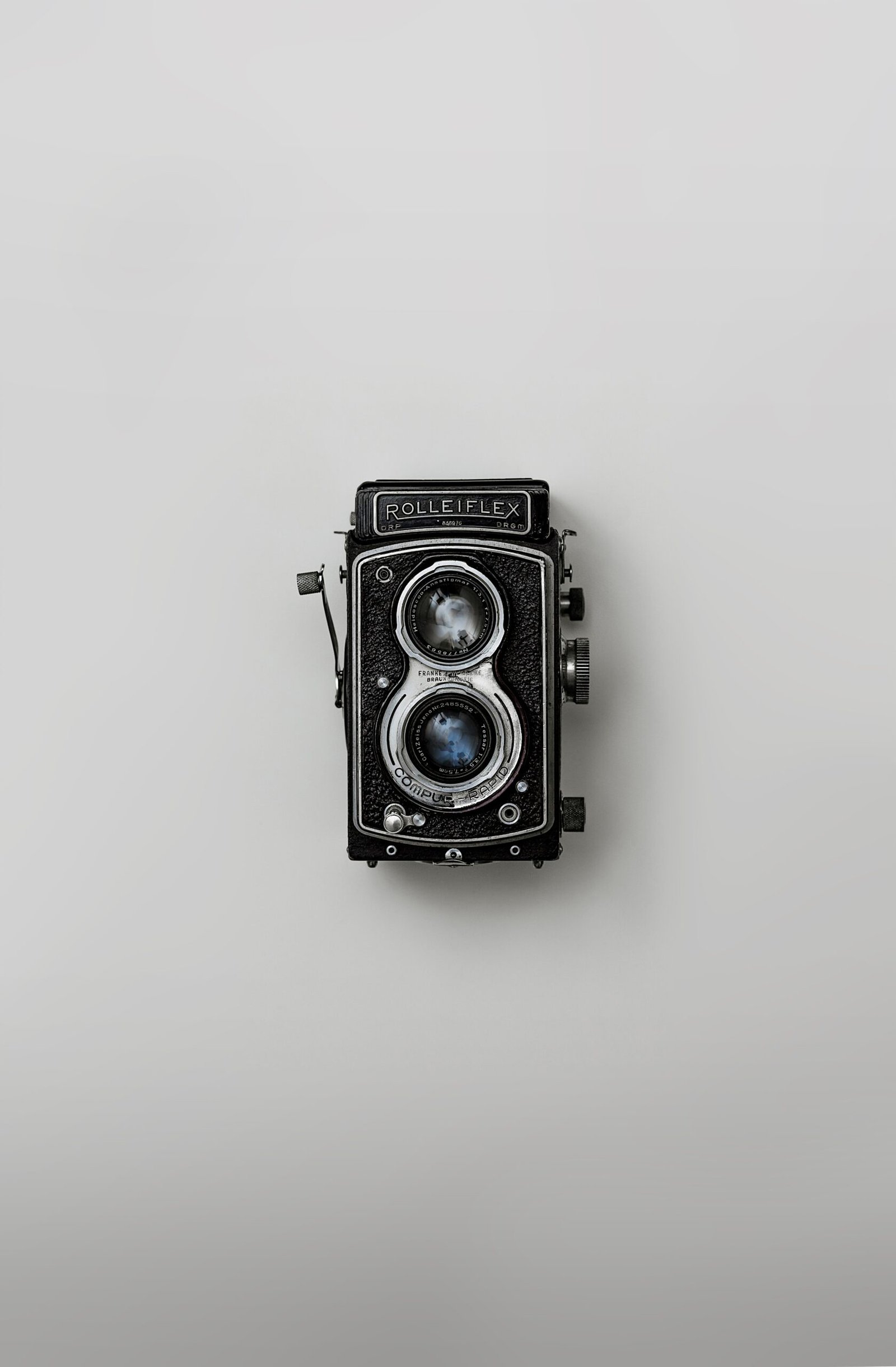
The Evolution and Significance of Photography Cameras
Photography cameras have revolutionized the way we capture and preserve memories. From the early inventions to the sophisticated devices we have today, cameras have come a long way in terms of technology and form factors. In this article, we will delve into the fascinating history, evolution, and significance of photography cameras.
The Invention and Early Days
The invention of the camera can be traced back to the 19th century when Joseph Nicéphore Niépce captured the first permanent photograph in 1826. This breakthrough laid the foundation for the development of photography cameras. Over the years, inventors and scientists like Louis Daguerre and George Eastman made significant contributions to the improvement of cameras.
Early cameras were large and bulky, requiring long exposure times and complex processes to capture images. These cameras used glass plates coated with light-sensitive chemicals as the medium to record the images. The invention of roll film by George Eastman in the late 1800s revolutionized photography by making it more accessible and convenient.
The Evolution of Cameras
As technology advanced, cameras became smaller, more portable, and easier to use. The introduction of the 35mm film format in the early 20th century by Oskar Barnack marked a major milestone in camera evolution. This format allowed for smaller and more compact cameras, making photography accessible to a wider audience.
In the mid-20th century, the advent of single-lens reflex (SLR) cameras brought about significant improvements in image quality and versatility. SLR cameras allowed photographers to see exactly what the lens saw through the viewfinder, enabling precise composition and focusing. This technology became the standard for professional photographers and enthusiasts alike.
In recent decades, digital cameras have revolutionized the photography industry. The shift from film to digital sensors opened up a whole new world of possibilities. Digital cameras offer instant feedback, the ability to store thousands of images, and the convenience of post-processing. With the advancement of technology, digital cameras have become more compact and powerful, with features like high-resolution sensors, fast autofocus systems, and advanced image stabilization.
Types and Form Factors of Cameras
Cameras come in various types and form factors, catering to different photography needs and preferences. Some of the popular types include:
- DSLR (Digital Single-Lens Reflex) Cameras: These cameras are known for their versatility, interchangeable lenses, and advanced features. They are widely used by professional photographers.
- Mirrorless Cameras: These cameras have gained popularity in recent years due to their compact size, interchangeable lenses, and excellent image quality.
- Point-and-Shoot Cameras: These compact cameras are designed for casual photographers who want simplicity and convenience.
- Medium Format Cameras: These cameras are known for their larger sensors, which result in higher image quality and greater detail.
Each form factor has its own advantages and is suited for different photography genres and user preferences.
The Future of Cameras
The future of photography cameras looks promising with ongoing advancements in technology. Mirrorless cameras are expected to continue gaining popularity, offering improved autofocus systems, higher resolution sensors, and enhanced video capabilities. The integration of artificial intelligence and machine learning algorithms will further enhance the camera’s performance, enabling features like real-time subject recognition and advanced image processing.
Additionally, the development of smartphone cameras has significantly impacted the photography industry. With each new smartphone release, the camera capabilities improve, blurring the line between dedicated cameras and mobile devices. The convenience and accessibility of smartphone cameras have made photography more accessible to the masses.
The Significance of Cameras
Cameras play a crucial role in capturing and preserving memories. They allow us to freeze moments in time, immortalizing them for future generations. Whether it’s capturing the beauty of nature, documenting important events, or expressing artistic creativity, cameras enable us to tell stories through images.
Furthermore, cameras have become an integral part of various industries such as journalism, fashion, advertising, and scientific research. They are essential tools for professionals in these fields, enabling them to communicate and convey messages effectively.
In conclusion, photography cameras have undergone a remarkable evolution since their inception. From large and cumbersome devices to compact and powerful tools, cameras have become indispensable in our lives. Whether you are a professional photographer or an amateur enthusiast, having a camera allows you to capture and share your unique perspective with the world.
